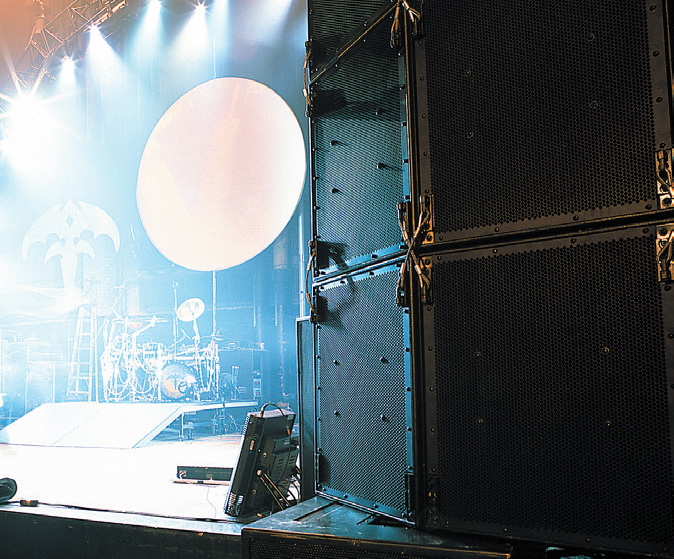
ML: I have some friends at various manufacturers whose entire job is to help people in the field with these types of projects. Sometimes we fall into the trap of thinking of a manufacturer as a company that makes a loudspeaker and puts it in a cardboard box and ships it to you. But they’re also there to support your projects and help you figure out the best way to do something.
I spend a ton of time talking to manufacturer applications teams when I’m involved with projects, making sure we’re going to get the best results. And when we’re talking about the third-party industry standard prediction tools versus the manufacturer-specific tools, I like the idea of the industry-standard tools because, for example, I deal with one venue that uses products from three manufacturers all in the same system. I can predict that, in one model, and off I go.
When it’s a platform-specific tool, on the other hand, and what we’re starting to see more and more, to bring it full circle to what we’re talking about – going into the prediction, the user can actually put a mic in the virtual space, simulate measurements and tune the system in the prediction, and then can push those filters and timings to the real DSP.

SF: And beyond that, for some of the more advanced implementations, you can run an algorithm to do a per-box optimization to more evenly cover the space. When I first was shown that technology, I thought, “that’s insanely cool, that must be just impossible to figure out how to do that under the hood.”
But it turns out it’s not as complicated as you might think if you already have a good prediction engine. And when you’re in a manufacturer’s own ecosystem, you can click “go” and all the network-connected processors will just come online with those parameters.
So. I know we talked about FIR – FIR is awesome, but FIR is not the only way these things are getting better. Having the system processing electronics integrated with the prediction software and with the loudspeakers themselves, on one hand, generally means you’re locked into buying the electronics and the loudspeakers from the same manufacturer. And that can be expensive.
But it seems to be how the industry is going these days and it’s really powerful. It takes the workload off of the user in the field having to do a bunch of in-depth stuff and provides better results as well. Going out into the field with a passive two-way box and having to figure out what filters you need to cross this thing over, that’s basically a thing of the past. You no longer have the electronic crossover unit in the amp rack where you’re just turning the knobs until it sounds right [laughs]. That’s all done now by the manufacturers for us, and it’s either inside the powered loudspeaker or it’s in the preset. And we could talk all day about all the really cool stuff you can do if you’re “completely in the box” with a closed system.
ML: Well, the first thing that comes to mind for me is the idea of protecting the system.
SF: If you know everything about the loudspeaker you’re powering, you can build an effective amp that isn’t oversized or undersized and build effective processing – you can do really cool things. Some of the more advanced applications have extra sensors to track what the driver is doing, and for example, instead of limiting voltage peaks, some of these systems are essentially running a model of the loudspeaker itself and using that data to limit excursion. These limiters are well and truly protecting that loudspeaker. And that’s just not something you can do in an open ecosystem.
ML: So, from here I’m thinking about what this means for the role of the system engineers and PA techs. We’re getting away from the micro, which is, “I have to align this two-way speaker with itself, go in and roll my own crossover filters.” Now it’s more about, “I have a loudspeaker that’s well designed, and it’s going to protect itself, and what comes out of it sounds good.
Now we can talk about how it interacts with other loudspeakers, how it interacts with the space, and how to get the coverage that we want. And we can spend more time worrying about the show and less time on the housekeeping and making sure the rig doesn’t burn itself down. That’s great stuff. Sam, thanks for chatting with me.
SF: Thank you!
